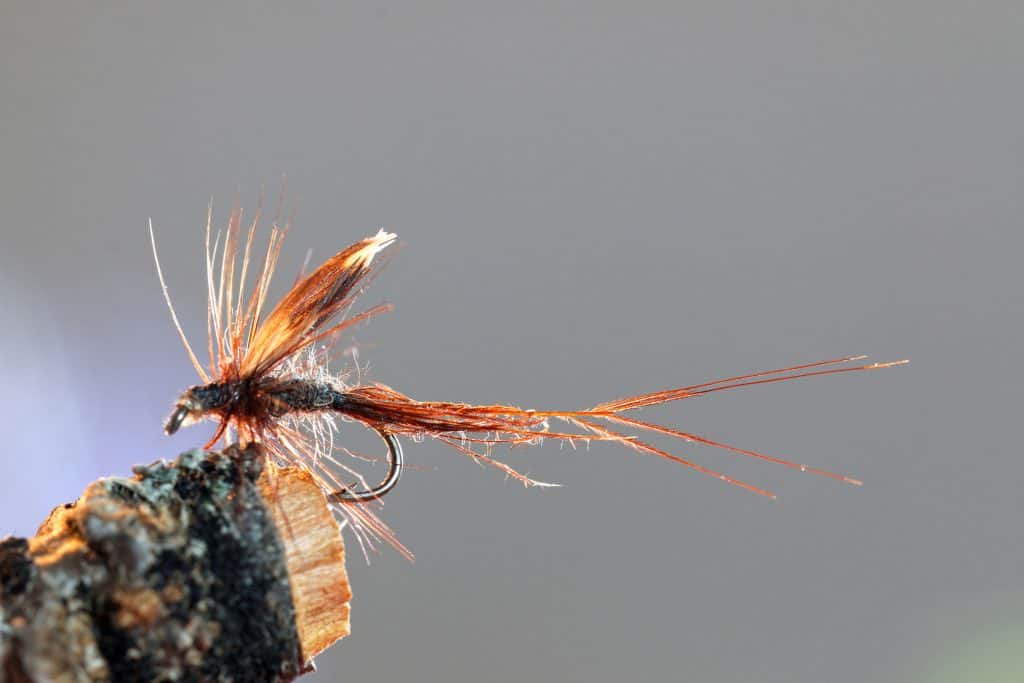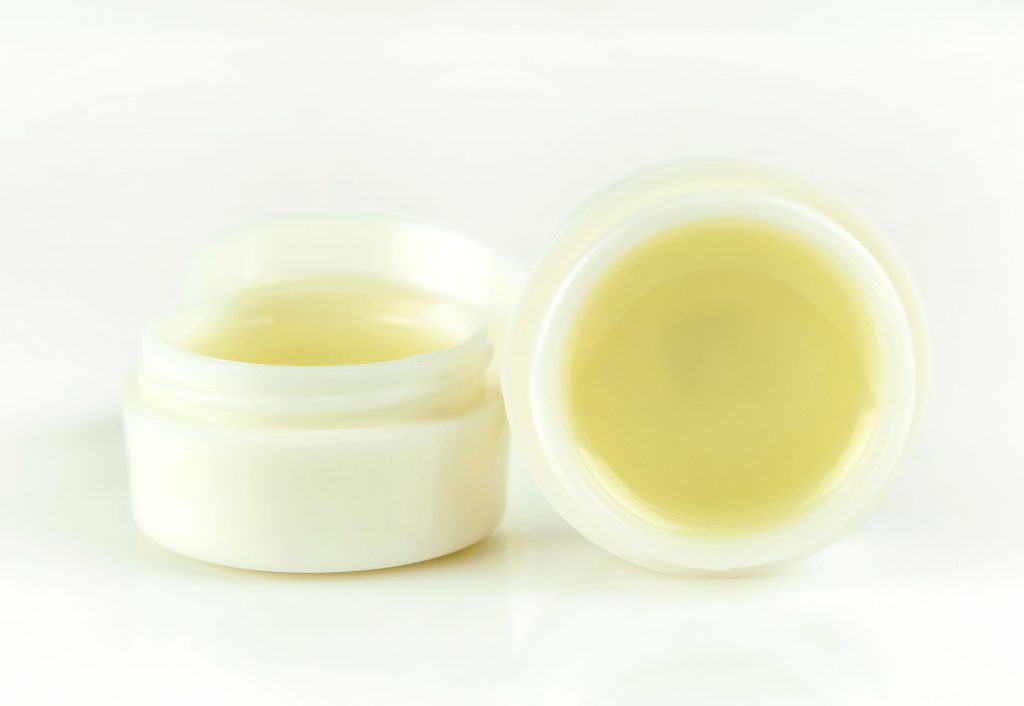
It’s a great feeling when you land a fly perfectly and watch it float along the surface of the water. But it’s not a great feeling when your fly starts to go under! I’ve gathered a few tips to help you keep your flies afloat and keep them in good condition for a longer period of time.
So how do you keep your fly afloat? Dry flies are made from naturally buoyant materials such as rubber, foam, or elk hair. Once these begin to lose their natural flotation, you can apply a variety of water-repellant waxes, gels, oils, and desiccants to the fly to keep it from sinking in the water.
There are a few reasons that a fly might start to sink over time, and many more methods to treat this! Rest assured that there are ways to treat a sinking fly beyond just buying a new one.
Floatants
Dry flies losing buoyancy over time is a common problem for fly fishermen. When flies are bought new, their materials are meant to float and stay dry for as long as possible. But no matter what they’re made of, every fly will eventually begin to absorb water and become heavy.
So don’t feel embarrassed if your flies start sinking! It’s not something that you’re doing wrong. This problem is something that every fly fisherman will go through at some point and there are products that can help.
There are a variety of different materials that you can apply to sinking flies to help keep them high and dry. Although these materials come in differring forms such as oils, gels, paste, and wax, they all go by the common title of
Floatants can be purchased at almost every fly shop. Usually, they will come in small jars or bottles. Regardless of the form of the
This hydrophobic reaction will keep water from soaking into the fly and will also help the fly settle on the surface of the water without submerging.
To treat sinking flies follow these steps:
Using a Gel or Paste Floatant:
- Separate the flies that have become waterlogged
- Air dry each one thoroughly
- Purchase a gel or paste floatant
- Spread a small amount onto your index finger and thumb
- Gentle massage the gel or paste into the fibers of each fly
- Set flies aside and allow them to dry completely
Using a Liquid Floatant:
- Separate the flies that have become waterlogged
- Air dry each one thoroughly
- Purchase a bottle of liquid floatant
- Open the bottle and dip each fly into the oil
- Briefly swirl or shake the mixture to completely coat it
- Remove fly and shake off excess moisture
- Set flies aside and allow them to dry completely
Depending on the composition or each fly lure, some types of floatant will be more effective than others. Some forms might be damaging to certain fly materials so be careful that it’s safe to use. Check the instructions and recommendations for each variety of
DIY Floatant
If you’re not interested in purchasing a store-bought floatant, or just need something simple in an emergency, there are a few household products that you can use as a quick, cheap, floatant. For both of these options, you’ll still want to apply them only to flies that are completely dry.
Paraffin wax + White gas
To create your own floatant, you can collect shavings of paraffin wax and dissolve them in a small amount of white gas. These are the only two materials you’ll need and they’ll mix together fairly easily.
Amounts vary depending on the brand of the wax and the temperature of the mixture. Add bits of each material until they dissolve into a gel-like texture.
Once you have a good spreadable constistency, store this mixture in a waterproof bottle and take it with you next time you go fly fishing. Apply it as needed to sinking flies.
Lip Balm

This is a much more temporary fix than a store-bought floatant or the first recipe listed above. However, lip balm of any brand will function as a workable water-repellant for a limited time.
If you choose to use lip balm, you’ll need to apply it frequently and repeated application might begin to wear on the construction of the fly-over time. But in an emergency, this can be a good option for a water-logged fly!
When to Apply Floatant
It is possible to overuse floatants on flies, so you’ll only want to use them when it’s necessary. Rubbing a fly too much can alter the design and wear down the materials. If your fly is made with feathers, certain floatants can be especially harmful to their delicate interlocking fibers.
So when you think your flies are starting to sink, there are a few things you’ll want to consider before applying floatants.
First of all, is your fly supposed to be completely out of the water?
There are certain designs of lures that are supposed to be partially submerged. If you apply
Plus, if you’re using a streamer or wet lure, you won’t ever need to apply
Second, are there other elements near the fly that could be dragging it down?
Dry flies are meant to be quite light and delicate, so they can easily be sunk by an improperly balanced line. Make sure there are no weights, heavy indicators, or snagged debris that could be dragging your fly down unnaturally.
Third, have you applied floatants to this fly in the past?
If you have frequently been adding floatants to your fly, it might be getting more and more worn. Old flies are less convincing and fish won’t go for them as often. If you have applied a floatant multiple times already, it may be time to cut your losses and buy a fresh set of flies.
Once you go through each of these questions, then you can decide if
Just be careful not to overdo it. Too much of a good thing can end up being harmful!
Why Do Flies Sink?
Dry flies are created with materials and designs that are supposed to keep them from sinking. Many of them even come with waterproof coatings when you buy them new.
But inevitably (unless they’re made from pure rubber foam) they’ll start to float lower and lower in the water. This is an unfortunate, but normal occurrance for fly fishers.
The fault doesn’t necessarily lie with the store or brand that you purchased the flies from. Each fly is intricately designed, but there are gaps in their design that can eventually let water in. And after enough handling and bites from fish, the protective coatings will wear off too.
You don’t want to buy flies that are too cheaply made for this reason. If they’re not made of high-quality materials, dry flies will often start to sink and wear out faster.
You can and should work to keep your flies in good condition and use floatants to treat sinking flies. But after a certain amount of wear and tear, it’s best to start over with a fresh set of flies. Even the best flies will go down after awhile. It might be sad to lose your favorite lure, but luckily they’re not too hard to replace.
Related Questions:
Do dry flies float? Most dry fly lures are designed to float on top of the surface of the water. They are supposed to mimic insects that land on top of the water. Most dry flies aren’t supposed to break the surface tension and they will float.
What is the difference between dry flies and wet flies? In fly fishing, dry flies and wet flies are lures that are designed to imitate different types of prey for fish. Dry flies mimic surface level insects, while wet flies look like small fish, aquatic insects, or grubs.
